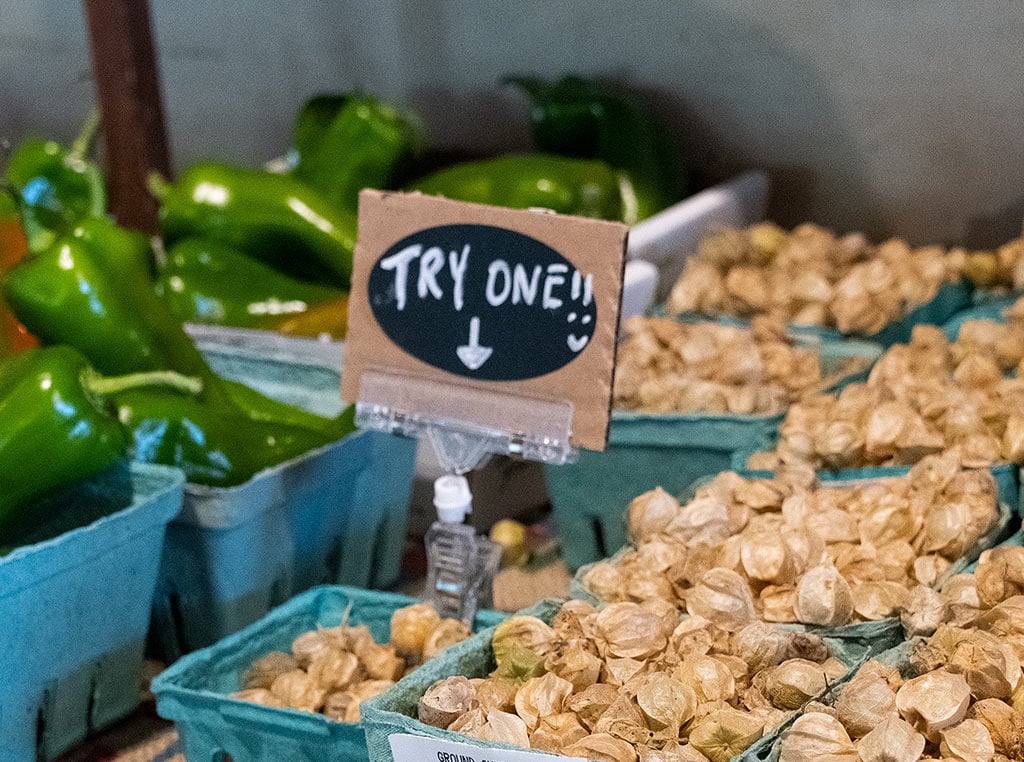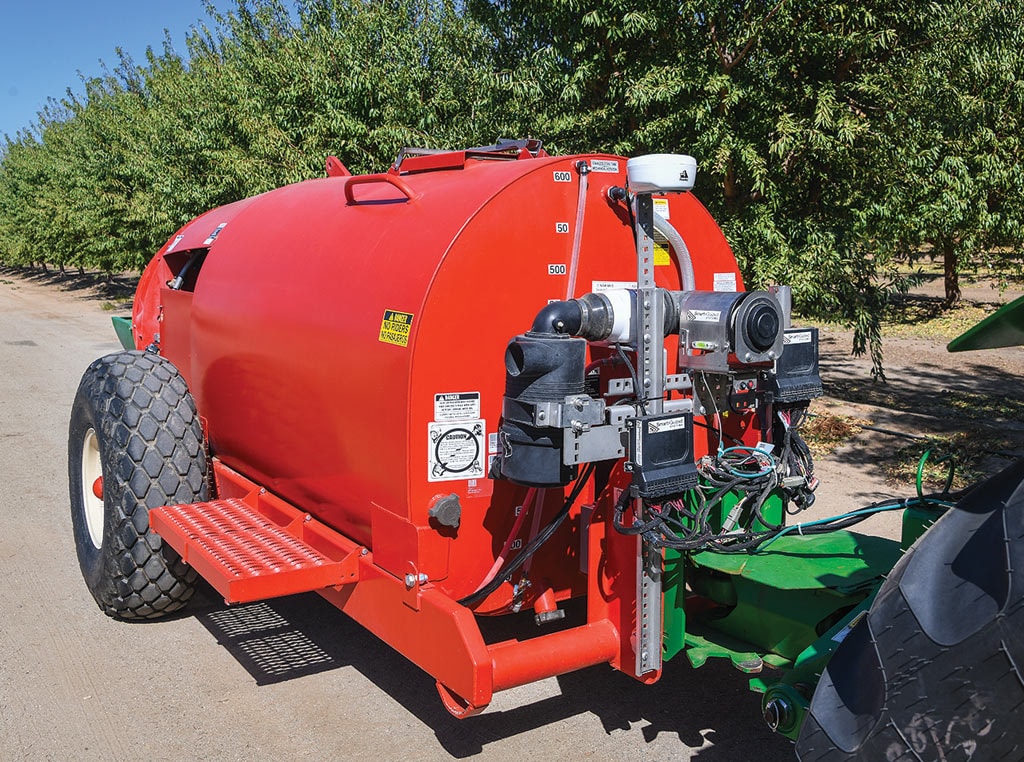Agriculture, Sustainability March 01, 2022
Tarspotting
Emerging leaf disease spreading across Corn Belt
Darcy Telenko uses every bit of her scientific training these days trying to figure out how a disease came into the U.S. from a foreign land, got established, and now is sweeping across the nation. She’s studying a pandemic of sorts, but not that pandemic.
“Tar spot is my COVID,” says Telenko, who serves as the Extension field crop pathologist for Purdue University. The Purdue Plant Pest Diagnostic Lab has been tracking tar spot since it first appeared in in the U.S. in 2015. The disease was identified in Mexico in 1904, but had not previously caused any damage to corn grown north of the border.
The scenario changed by 2018, when a tar spot epidemic caused yield losses in the U.S. for the first time. The disease has continued to build momentum. “With the levels of inoculum out there, we can now consider this an endemic disease,” Telenko says.
In the U.S., tar spot of corn is caused by Phyllachora maydis. The fungus produces raised black structures called stromata that make it look as if the corn plant has been hit with overspray from a crew applying oil to an asphalt road. The disease appears to be driven by the availability of water on the leaf surface due to such things as rain, fog, or high relative humidity. Irrigated corn may be at a higher risk for yield loss since leaves may remain wet for extended periods.
Above. Southern rust and gray leaf spot also can impact health of corn leaves. (Photos: Darcy Telenko, Purdue University)
Tarspotter. The tar spot fungus continues to ripple across the Corn Belt and beyond, having been confirmed in 14 states as well as southwestern Ontario.
Research shows that the fungus can overwinter in Corn Belt states, providing a ready supply of spores to be released the following spring. These spores can infect the subsequent corn crop in the infected field, or spores can be carried by wind to other locations.
Managing the disease starts with seed selection. Some corn hybrids appear to be less susceptible to tar spot; check with your seed dealer or crop advisor.
Many fungicides are effective in treating tar spot, but timing is critical. Researchers at the University of Wisconsin-Madison have developed a free app called Tarspotter that predicts the appearance of tar spot, using several variables including weather. Farmers input site-specific information about their corn field into this app, which then predicts the best timing for tar spot treatment.
USDA scientists and university specialists also have developed a Tar Spot Working Group to expand understanding of the organism and to develop best management practices for its control.
Telenko says the P. maydis is an obligate parasite, which means it needs green, living tissue to grow. “That has slowed down our attempt to understand its biology, since we can’t grow it on a Petri plate,” she says. “We have a lot to learn about this organism.” ‡
Read More

AGRICULTURE, INNOVATION
Farm Fresh 24/7
Self-serve farm store offers health and convenience.

AGRICULTURE, PRODUCT
Small but Mighty
Big innovations for high-value crops.



